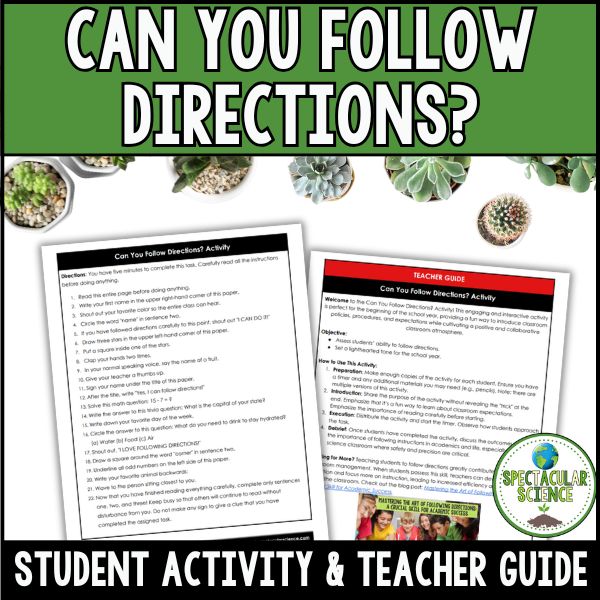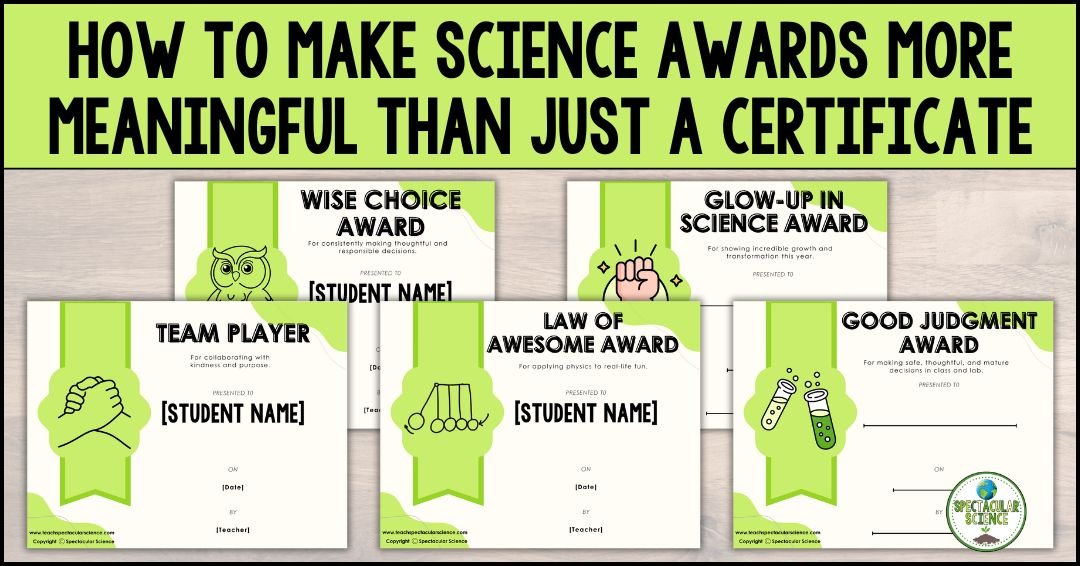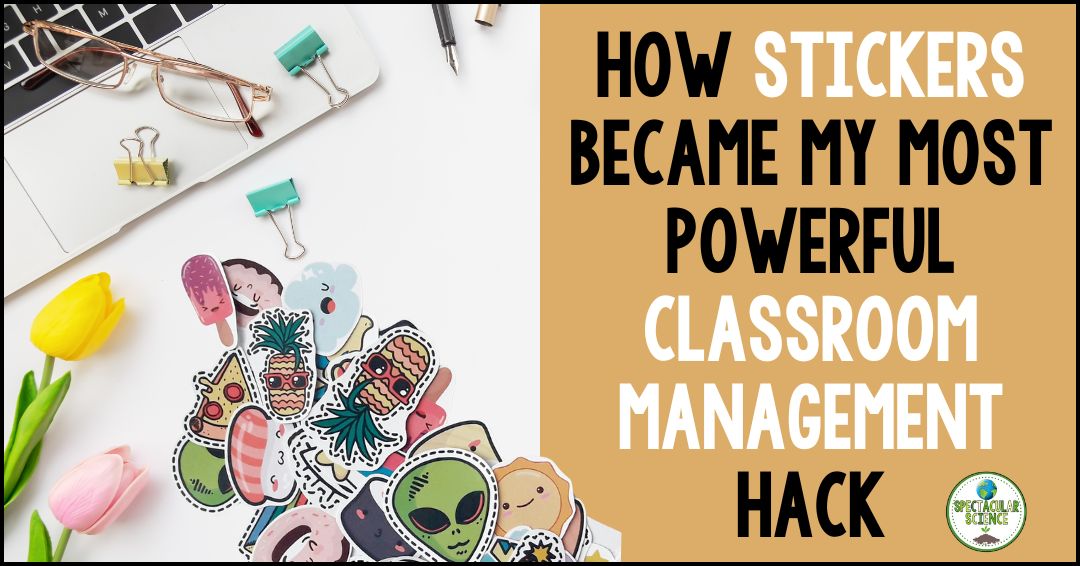
How many times during a school year do you remind your students to follow directions? Following directions is a skill we would love all of our students to master. Although I may hold a certain bias, I firmly believe that it carries heightened significance within a science classroom, particularly in the context of laboratory work.
why following directions matters
Following directions is an essential skill for academic success. In school, students are often required to follow complex directions to complete assignments, projects, and exams. If students are not able to follow instructions correctly, they may miss important details and not perform as well academically.
Teaching students to follow directions greatly contributes to effective classroom management. When students possess this skill, teachers can devote less time to repetition and focus more on instruction, leading to increased efficiency and productivity within the classroom.
In my classroom, during the initial week of school, we engage in an interactive ice-breaker activity called “Can You Follow Directions.” This not only transforms a simple direction-following task into an entertaining experience but also provides an opportunity for my students to further acquaint themselves with one another.
Learning how to follow directions empowers students to become more independent. With this skill, they can autonomously complete tasks without relying heavily on continuous supervision from teachers or parents.
Furthermore, following directions plays a crucial role in the development of social skills. Students who can effectively follow instructions are more likely to collaborate successfully with others, adhere to group norms and rules, and communicate effectively within social contexts.
Following directions is a critical life skill. In the workplace, employees are often required to follow instructions to complete tasks correctly and efficiently. Failure to follow instructions can result in errors, rework, and even safety hazards. Therefore, explicitly teaching students to follow directions prepares them for success in their future careers.

The “Can You Follow Directions” activity leads us into an open discussion about the importance of following directions in the classroom, but also in our everyday lives. Following directions can increase effectiveness, simplify tasks, eliminate confusion, and save time. These are all important life skills, aren’t they?
If you’re interested in this activity, you might use these guiding questions and topics. I use these topics to guide our conversations with my students:
- Disposing of chemicals properly in a lab
- Using the appropriate gas for a vehicle
- Completing IRS forms correctly
- Reading a medicine bottle before ingesting
- Measuring out ingredients when baking a cake
- A doctor following a specific procedure during surgery
Following directions is an essential skill, particularly for science teachers, as it ensures the creation of safe environments for laboratory work and beyond. I invite you to share your thoughts in the comments on how you cultivate and develop this skill.

















